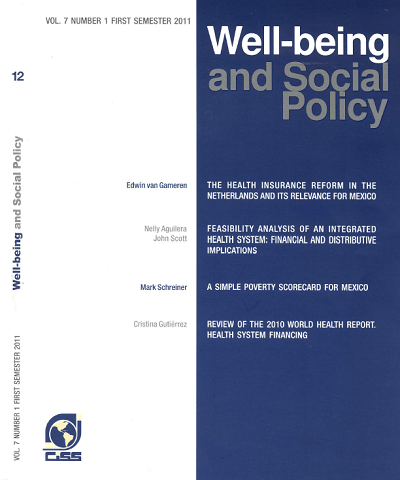
The document presents spending projections and projections of the distributive incidence for an Integrated Health System under three basic scenarios: status quo, a two pillar scheme (financed through general taxes and private spending) and a three pillar scheme (financed through general taxes, social security contributions and private spending). By presenting these simulations, the study enhances different existing proposals regarding this topic and discussions on an integral fiscal reform in Mexico. Results show that it is possible to implement a system where private health care spending is significantly reduced (to 30% of total spending) and inequity in health care financing and resource utilization is eliminated or even reversed. The additional fiscal resources required are substantial, amounting to around 3.5 percentage points of GDP for 2030 (under the two pillar scheme financed through general taxes relative to status quo); however, under the status quo scenario, even with universal coverage, private spending could amount to more than half of total spending and inequality would be only marginally reduced.
